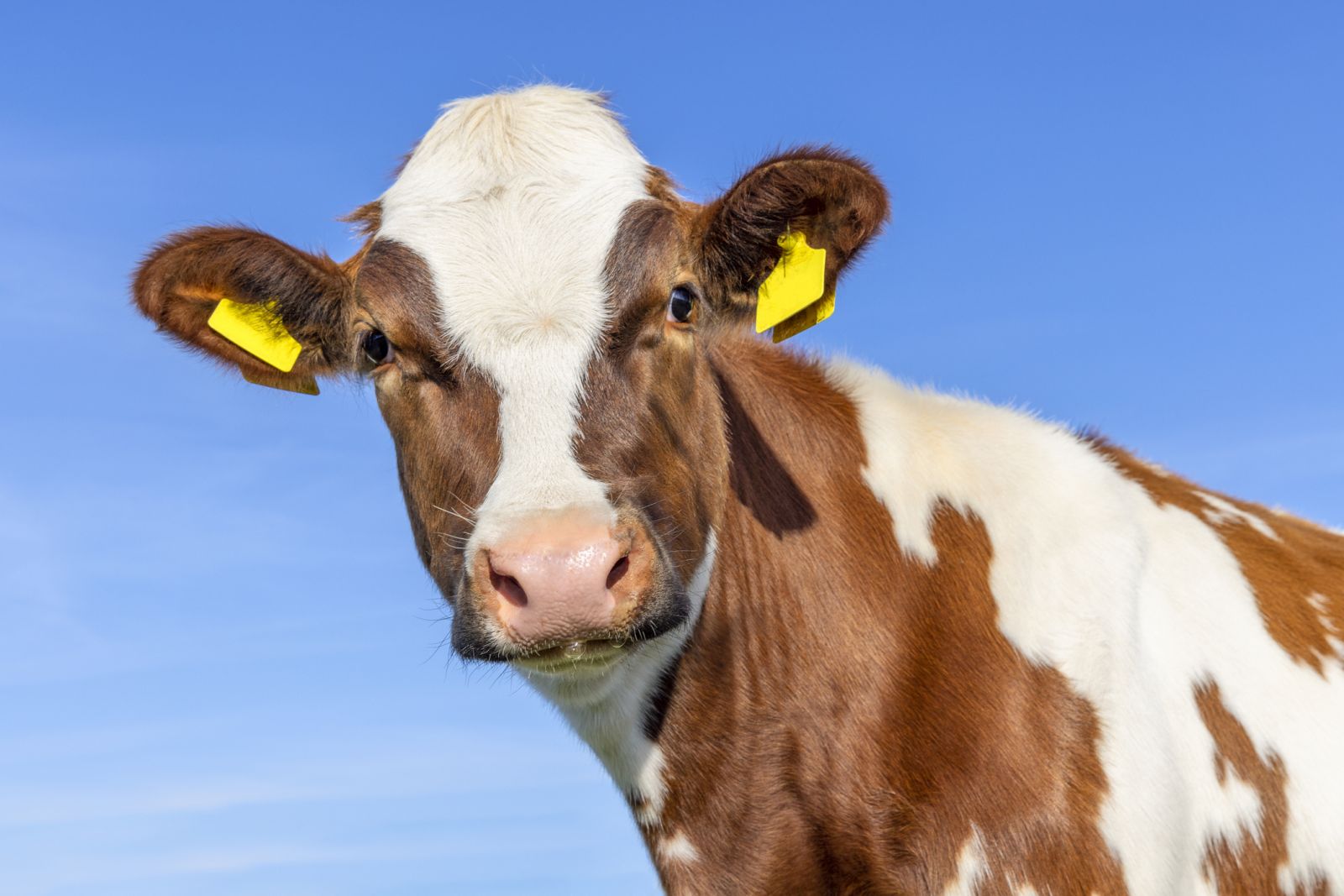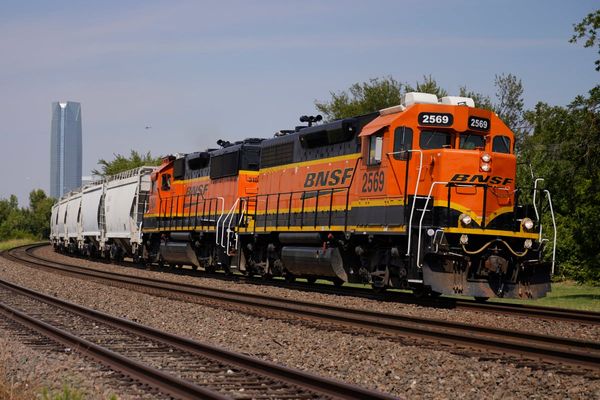
There are enough bullish supply and demand fundamentals in the cattle markets at present to make bulls feel confident that more price upside is likely, both in cash and futures, in the coming weeks. This is despite live cattle futures (LEJ25), feeder cattle futures (GFK25), and cash (GFY00) (LEY00) markets currently trading not far below their record highs.


U.S. Cattle Inventory at the Lowest Levels in Decades
In late January, the USDA reported there were 86.7 million head of cattle and calves on U.S. farms as of Jan. 1 — the lowest level since 1951. Of the 86.7 million head inventory, all cows and heifers that have calved totaled 37.2 million. There are 27.9 million beef cows in the United States as of Jan. 1, 2025, down 1% from last year. The U.S. calf crop was estimated at 33.5 million head, down slightly from previous year. All cattle on feed were at 14.3 million head, down 1% from the same time in 2024.

Boxed Beef Choice-Grade Cutout Value Well Above $300 Suggests Solid Consumer Demand
The shortage of high-quality cattle and beef supplies has prompted a surge in wholesale boxed beef prices. Choice-grade boxed beef cutout values late last week were above $315.00 amid solid daily movement of boxed beef. That suggests still-solid consumer demand for beef at the meat counter.
With grilling season and warmer weather around the corner, cattle market bulls are hoping consumer demand remains strong in the coming months.
Storm Clouds on the Horizon for Cattle Markets?
Last week’s consumer price index report for February showed U.S. retailers steadily increased the cost of beef at the meat counter in 2024, but the annual rate of gain decreased. It fell from an 8.9% rise in December of 2023 to just a 1.9% gain last October. It jumped to 5% in November, then stalled during December and January. The February increase accelerated to 7.6%.
The recent bigger increases in retail beef prices could begin to squelch consumer demand for beef. On the positive side, retail steak prices posted an annual gain of only 3.2% in February. Still, with the average retail price of pork (KMK25) in February down 1.6% from January and an annual rise of only 1.8%, consumers watching a declining and wobbly U.S. stock market lately may be losing confidence and opt more to purchase cheaper pork cuts over the pricier beef.

China Trade Uncertainty Worries U.S. Meat Industry
Veteran Washington, D.C. policy analyst Jim Wiesemeyer last week reported “scores of U.S. meat, poultry and dairy facilities are facing potential export disruptions as their registrations with China’s General Administration of Customs (GACC) are set to lapse on March 16, with more expirations in April.” He reported the U.S. Meat Export Federation (USMEF) warned that most affected registrations remain unrenewed, despite USDA and FDA requests.
While China has continued clearing shipments from lapsed facilities, concerns persist over Beijing’s slow renewal process. A U.S. ag attaché reported China’s non-implementation of key trade agreements is constraining U.S. beef and pork access. If unresolved, USMEF estimates losses of up to $4.125 billion in beef exports and $1.3 billion in pork.
Beef Packer Margins in the Red
Cash cattle trading negotiations late last week remained at a standstill. Feedlot operators were seeking higher cash prices, but beef packers were not willing to bid up for supplies given poor cutting margins after the recent surge in cash cattle prices. Such may continue to be the case in the near term, likely giving the packers better leverage in negotiations with feedlots.
Remember How Futures Markets Operate
It’s the job of futures markets to discount, or factor into present prices, all the known fundamental supply and demand information in a market. In other words, futures traders are front-runners on expected price action over the coming weeks, or longer. The above-mentioned bullish elements in the cattle markets have likely been fully digested by cattle traders.
I would argue the potentially bearish factors mentioned above have not yet been fully factored into cattle futures market prices because they are more recent developments and are still playing out.
Speculators: How to Play the Cattle Futures Market Right Now
It’s my bias, based on the above bearish fundamental elements and the fact the bullish elements mentioned are already “baked into the cake,” that the live and feeder cattle futures markets are close to or have put in price tops.
Naked shorting a bull futures market is usually a fool’s errand. Veteran traders know that picking tops and bottoms in markets, including being right on the timing of position entries, is extremely difficult.
A better method for cattle market bears would be to purchase out-of-the-money put options in the cattle futures markets. That gives the bearish trader the opportunity to be right in his or her reckoning of a looming price downtrend, while not knowing precisely when that downtrend will commence.







